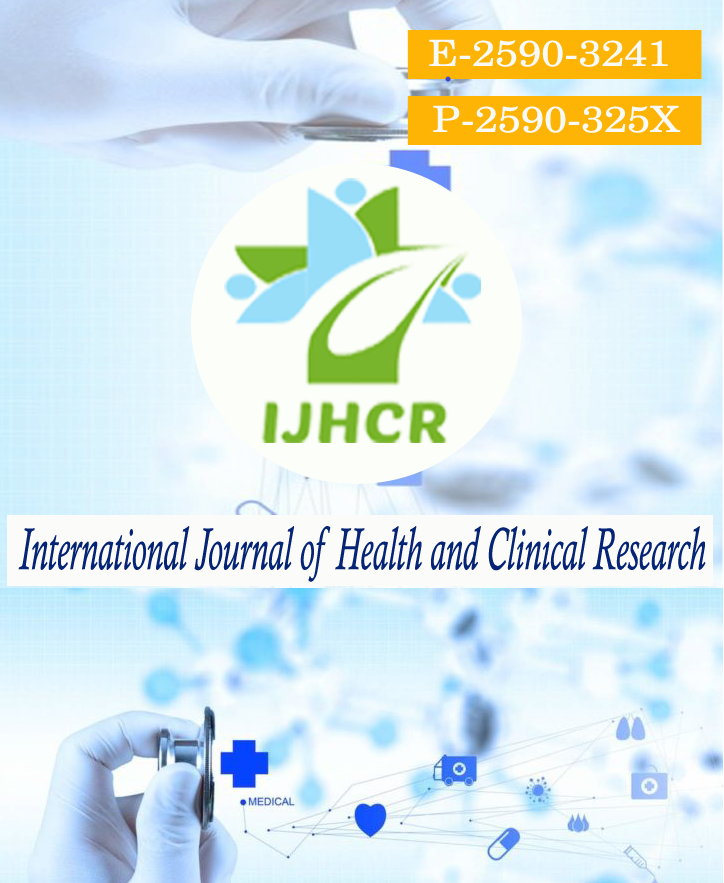Screening of gestational diabetes mellitus (GDM) and gestational glucose intolerance (GGI) in pregnant woman from rural population
Keywords:
Gestational diabetes mellitus, hyperinsulinemia, maternal carbohydrate metabolism.Abstract
Introduction: Gestational diabetes mellitus (GDM) is defined as carbohydrate intolerance with recognition or onset during pregnancy irrespective of treatment with diet or insulin.1 Maternal metabolic adaptation is to maintain mean fasting plasma glucose of 74.5 +/- 11 mg/dl and postprandial peak 108.7+/- 16.9 mg/dl.1 This fine tuning is possible due to compensatory hyperinsulinemia as normal pregnancy is characterized by insulin resistance. Pregnancy induces progressive changes in maternal carbohydrate metabolism. Materials and Methods: The present study was a cross sectional study undertaken to study prevalence of gestational diabetes mellitus (GDM) and gestational glucose intolerance (GGI) in pregnant women from rural population. The present study was done in antenatal clinic of Obstetrics & Gynecology (OBGY) department, at Tertiary Care Hospital. The present study was conducted from December 2017 to November 2019 for a period of 24 months. The study population was ante-natal mothers attending antenatal clinic of Obstetrics & Gynecology (OBGY) department. Therefore 700 antenatal mothers were included in the study population fulfilling inclusion and exclusion criteria. Results: It was observed that majority 485(69.28%) of the antenatal mothers were multi-gravida followed by 215 (30.71%) antenatal mothers were primigravida. It was observed that majority 345(49.29%) of the antenatal mothers were in third trimester followed by second trimester (35.57%) and first trimester (15.14%). It was observed that among 700 antenatal mothers screened 13 (1.86%) found to be GGI positive, 57 (8.14%) found to be GDM positive while 630 (90%) antenatal mothers were negative for OGTT. Conclusion: The rise in prevalence of Gestational Diabetes in the community and its associated increased risk of pregnancy and delivery complications justifies a need to screen pregnant mothers who attend the antenatal clinic. The results suggest that a policy of universal screening for GDM should be adopted in all antenatal clinics. This single step procedure is a simple economic and feasible method. It serves both for the purpose of screening and diagnosis at the same time. Due to the simplicity, acceptability, sensitivity and cost effectiveness of OGTT, it is the best method to detect gestational diabetes mellitus in high risk group.
Downloads
Published
How to Cite
Issue
Section
License
Copyright (c) 2022 Shivakumar, Nishi Kailash, Sudhya P, Chellamma VK

This work is licensed under a Creative Commons Attribution 4.0 International License.






 All articles published in International Journal of Health and Clinical Research are licensed under a
All articles published in International Journal of Health and Clinical Research are licensed under a 